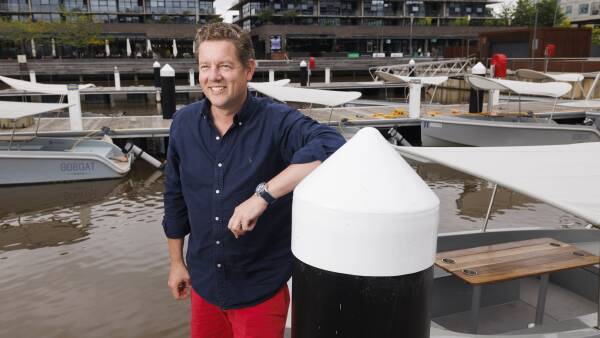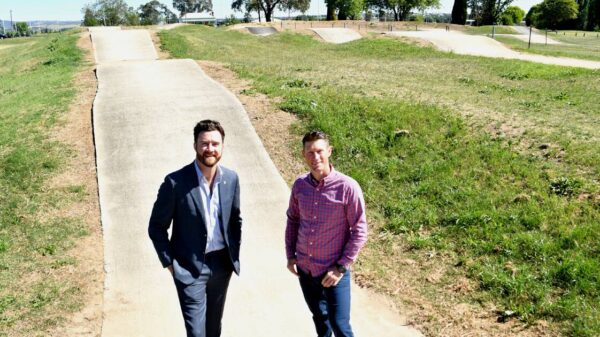The latest report from the World Health Organization (WHO) reveals a concerning trend in the global battle against tuberculosis (TB), indicating that funding challenges may jeopardize recent gains in combating this deadly disease. The WHO Global Tuberculosis Report 2025, released today, states that TB claimed over 1.2 million lives and affected an estimated 10.7 million people in the previous year.
Despite significant advancements in diagnosis, treatment, and innovation, persistent funding issues threaten to reverse progress made in addressing TB. According to Dr. Tedros Adhanom Ghebreyesus, WHO Director-General, “Declines in the global burden of TB, and progress in testing, treatment, social protection and research are all welcome news after years of setbacks, but progress is not victory.” He emphasized that the continued loss of lives due to a preventable and curable disease is unacceptable, urging nations to build on their successes to achieve the goal of ending TB by 2030.
Recent Progress and Ongoing Challenges
Between 2023 and 2024, the global incidence of TB decreased by nearly 2%, while deaths fell by 3%. These improvements are attributed to the recovery of essential health services that were disrupted by the COVID-19 pandemic. Certain regions, particularly in Africa and Europe, have shown promising results. The WHO African Region achieved a 28% reduction in TB incidence and a 46% reduction in deaths from 2015 to 2024. The European Region reported even greater declines, with a 39% drop in incidence and a 49% reduction in deaths.
Despite these achievements, the fight against TB remains heavily concentrated in a small number of countries. In 2024, 87% of reported TB cases originated from just 30 countries. Alarmingly, eight nations accounted for 67% of the global total: India (25%), Indonesia (10%), the Philippines (6.8%), China (6.5%), Pakistan (6.3%), Nigeria (4.8%), the Democratic Republic of the Congo (3.9%), and Bangladesh (3.6%).
Timely treatment has been pivotal, saving an estimated 83 million lives since 2000. The WHO noted that progress in diagnosis, prevention, and treatment has been sustained, reflecting the impact of innovations and dedicated efforts in affected countries.
The Funding Crisis and Its Implications
Despite progress, the report highlights that global funding for TB has stagnated since 2020. In 2024, available funds for prevention, diagnosis, and treatment were only US$5.9 billion, which is just over a quarter of the US$22 billion annual target set for 2027. Cuts to international donor funding projected from 2025 onward pose a serious threat to ongoing efforts. Modelling studies warn that reduced funding could lead to an additional 2 million deaths and 10 million new cases of TB between 2025 and 2035.
Furthermore, research funding is lagging, with only US$1.2 billion allocated in 2023, representing 24% of the target. Currently, 63 diagnostic tests are under development, alongside 29 drugs in clinical trials. Notably, 18 vaccine candidates are also in various phases of clinical trials, including six in Phase 3.
The WHO continues to spearhead global efforts to advance TB vaccine initiatives, bolstered by the TB Vaccine Accelerator Council established by Dr. Ghebreyesus. According to Dr. Tereza Kasaeva, Director of the WHO Department for HIV, TB, Hepatitis and STIs, “We are at a defining moment in the fight against TB. Funding cuts and persistent drivers of the epidemic threaten to undo hard-won gains, but with political commitment, sustained investment, and global solidarity, we can turn the tide and end this ancient killer once and for all.”
To achieve these goals, the WHO calls for continued political commitment, increased domestic investment, and intensified research efforts. The path to ending TB is fraught with challenges, but the global community’s resolve and cooperation remain crucial in this ongoing battle against one of humanity’s oldest foes.



































































